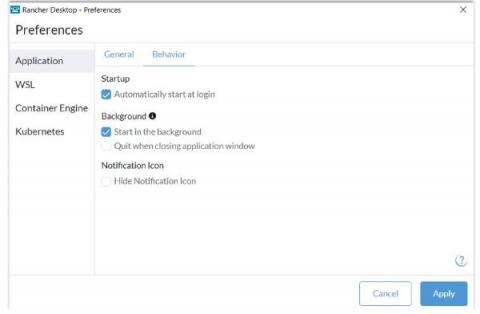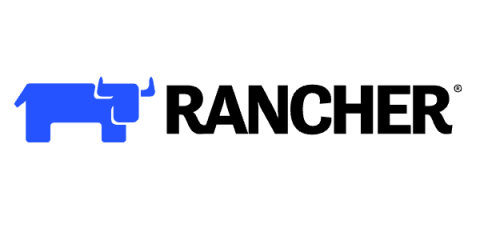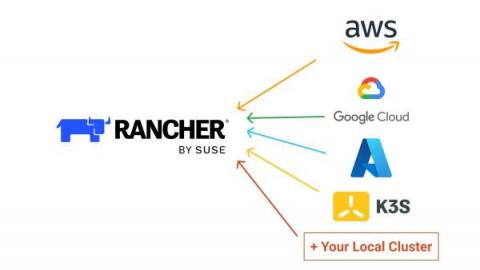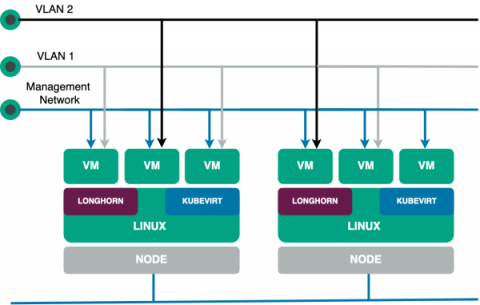Rancher Desktop 1.8: Now with Additional Configuration Options and More
We are pleased to announce that a new Rancher Desktop version with additional configuration options, deployment profiles, a gvisor-based networking stack on Windows and several other improvements has just been released!










